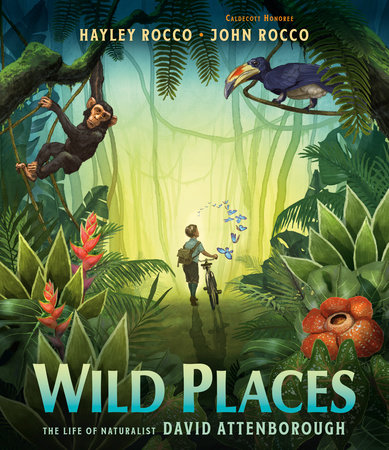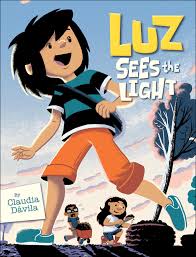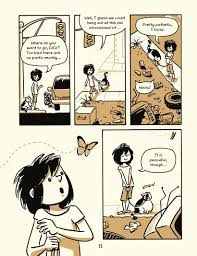This book highlights the challenge of pulling children’s eyes off of screens long enough to recognise and act on the crisis of plastic pollution in the oceans. Neo doesn’t want to stop playing his game long enough to clean up his room let alone the ocean which is steps from his front door. It takes visits from three different sea creatures begging for help and a trip underwater himself for him to appreciate the problem. Once motivated, Neo works with the ocean creatures to help clean up. The story wraps up with a call to action to use less plastic.
The strongest part of the book is the illustrations depicting the effects of plastic on ocean dwellers. Instead of depicting the ocean with waves, Ayto represents it as row upon row of plastic bottles.There is a jellyfish floating inside a plastic bag and a humpback whale ingesting over a hundred bottles unintentionally.
I found the earth-bot premise distracting. It seems that Neo wears a glass helmet with antennae because of his connection to his video game. But Grandpa, a former astronaut, wears something similar for no discernable reason. It would have made sense that once Neo was pulled away from the video game, the helmet would also have gone away to demonstrate his new focus.
There was a missed opportunity to provide more background information on ocean pollution. Overall this book would be a good introduction for young children when paired with other titles. Join the No-Plastic Challenge! A First Book of Reducing Waste by Scot Richie provides doable suggestions for kids to take action. One Plastic Bag: Isatou Ceesay and the Recycling Women of The Gambia by Miranda Paul provides an inspirational true story.



